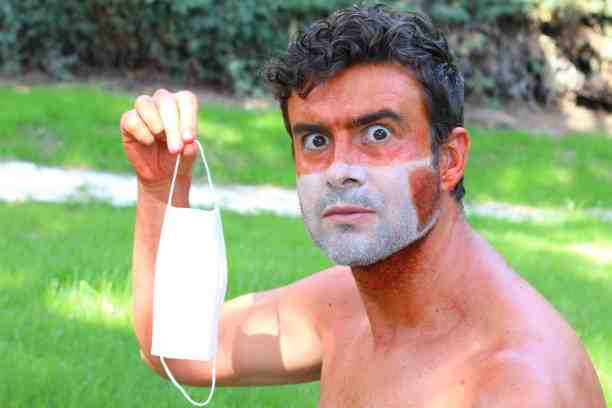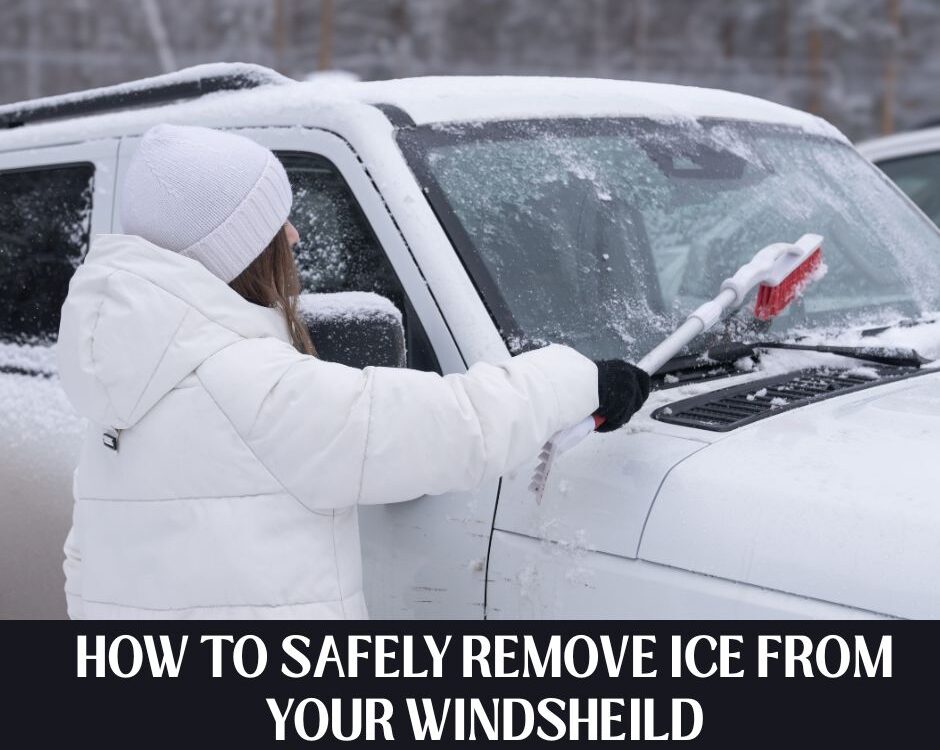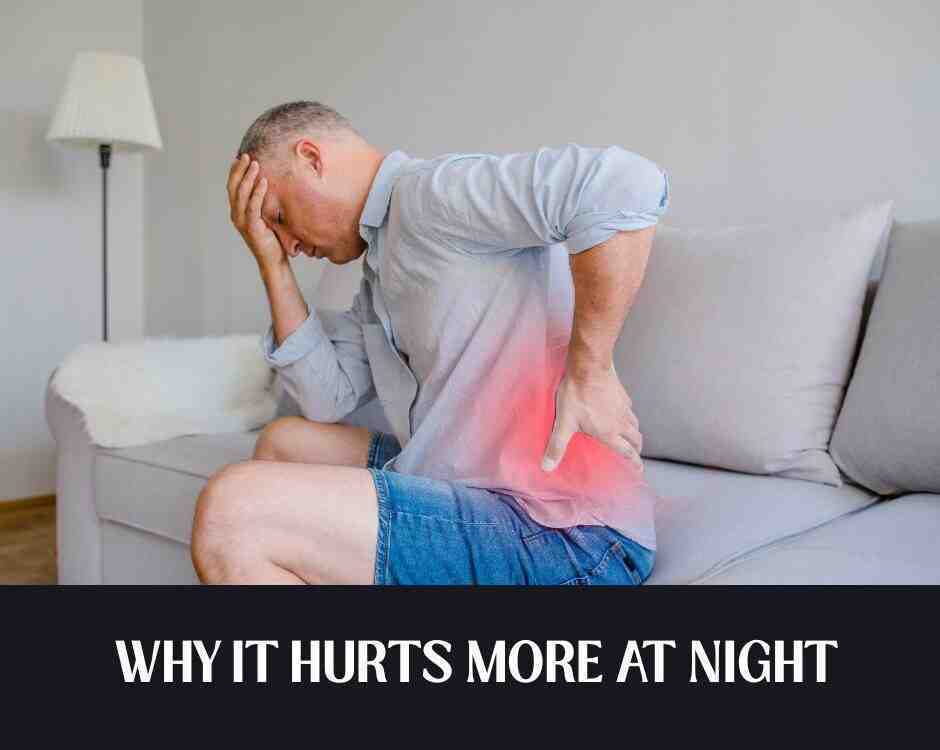Love and Protect Yourself From The Sun!

How Common is Juvenile Arthritis?
July 5, 2023
Heat Illnesses are Not Your Friend!
July 5, 2023Protecting Yourself from the Sun
There are three ultraviolet rays from the sun: UVA, UVB and UVC. Ultraviolet C (UVC) has a short wavelength and gets absorbed into the earth’s ozone layer. Ultraviolet B (UVB) and Ultraviolet A (UVA) rays have longer wavelengths, so they pass through the ozone layer and penetrate the person’s skin.
UVA rays have the longest wavelength and are more prevalent than UVB rays; 95% of UV radiation in sunlight are UVA rays. UVA rays are more associated with long term damage to the skin, causing sunspots and wrinkles since they penetrate deeper into the person’s skin to the dermis layer. UVA radiation is absorbed less by the body than UVB radiation. UVA rays are present year-round and at all times of the day.
Ultraviolet B rays do not penetrate as deeply as UVA rays and only to the epidermis layer, but UVB rays have more energy, causing skin damage such as redness, burning and freckles. UVB rays also cause DNA mutations that can eventually lead to skin cancer such as melanoma. Although UVB rays are always present year-round, they are strongest from Spring to Fall, between 10am-4pm of the day. This is why wearing sunscreen year-round and not only in the summer is important. Over-exposure to both UVA and UVB rays can eventually lead to skin cancer.
There are also sunscreens targeted at people with specific skin types and conditions. For oily or acne prone skin, look for non-comedogenic sunscreen. For people with dry skin, look for moisturizing sunscreen with hydrating ingredients such as hyaluronic acid or ceramides. For people with sensitive skin, look for physical or mineral sunscreen. Physical sunscreen’s active ingredients are zinc oxide or titanium dioxide and works by leaving a thick white cast on the skin, blocking UV rays.
Chemical sunscreen’s active ingredients include avobenzone, octisalate, octinoxate, and oxybenzone that absorbs the UV rays. This type of sunscreen is easier to apply but the ingredients can irritate the skin. Chemical sunscreen is also more water and sweat resistant, which is better for people who sweat a lot or spend time in the water. Chemical sunscreens are more transparent and less thick. Chemical sunscreens work by absorbing and then releasing the UV rays from the skin through a chemical process where the UV rays are converted to heat.
Oxybenzone has been found to be damaging to coral reefs. It has also been linked to disrupting the endocrine system in humans. In 2021, Hawaii banned the sale of sunscreen products containing oxybenzone and octinoxate. US Virgin Islands has banned the sale and use of sunscreen containing octinoxate, oxybenzone and octocrylene since March 2020. Since July 2020, Aruba banned the import, sale, and production of sunscreen containing oxybenzone.
If you travel to tropical locations, look to see if there are specific bans on certain sunscreen. Have fun in the sun but remember to protect your skin!
— This article is written by Chandra Cunningham, DC, one of the members of Chambers Medical Group’s team of car accident chiropractors who offer a variety of treatments and therapies ranging from diagnostic testing to various soft tissue therapies for car accidents and injuries in Kentucky.
–
Have you been in a car accident? If you or somebody you know has been in a car accident, be sure that you seek medical attention from a car accident doctor or car accident chiropractor to treat your injuries. Visit Chambers Medical Group to receive world-class medical treatment for your injuries.
Chambers Medical Group has car accident medical clinics in the following locations:
- Car Accident Medical Clinic in Tampa
- Car Accident Medical Clinic in Plant City
- Car Accident Medical Clinic in Brandon
- Car Accident Medical Clinic in Lakeland
- Car Accident Medical Clinic in Sarasota
- Car Accident Medical Clinic in Louisville
- Car Accident Medical Clinic in Lexington
- Car Accident Medical Clinic in Florence




